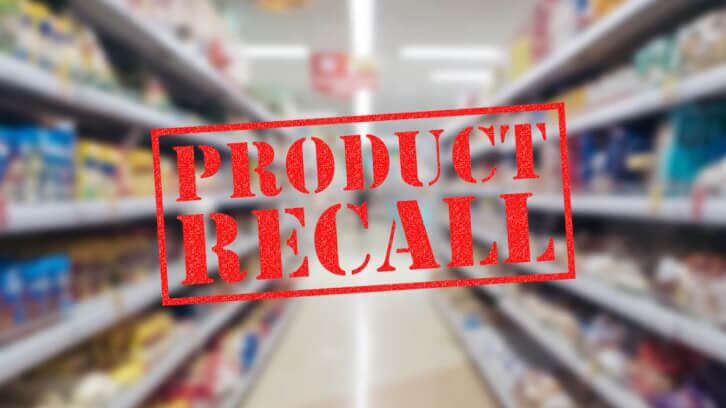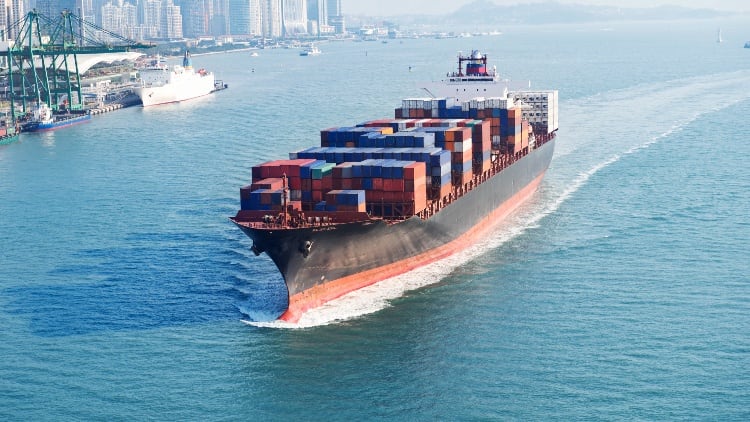Food and beverage manufacturers operate in a world that demands a pro-active approach to risk prevention and management.
As notable events occur, from fires, to Covid, Brexit, conflict and even the rise of social media, new risks emerge.
Here are some of the biggest threats food and drink producers are facing today – and how they make tackle them.
Property risk
Expanded polystyrene (EPS) panelling is a highly flammable material, which saw significant media attention following the tragic Grenfell Tower fire.
Many food and beverage sites across the world use these panels in their construction. As such, Tom Ross, food and beverage industry leader of Marsh’s International Placement Division, Bowring Marsh, advised that the utmost care should be taken to mitigate risk. This includes being aware of other combustible materials used within the industry such as plastic and cardboard packaging and ensuring they’re kept far away from EPS.
Electrical switchboards should not be mounted near EPS panelling or sealing, or any exposed penetrations that could have been made from mounting either. And, a “very key one” as Ross described it, is to remove ignition sources – in other words taking care when welding work is being done and having designated smoking areas well away from the site.
“Install sprinklers and/or use alternative panel types that are more fire resistant, including X Flam and PRI,” he added.
Understanding “catastrophe exposure” is another key consideration when it comes to property. This will be more prominent in certain geographical areas, but with climate change resulting in an increasing number of severe weather events, it’s likely to become an important factor worldwide.
“Understanding your catastrophe exposures allows you to design buildings to an appropriate standard in order to mitigate against damage in an actual disaster. It’s also important to ensure your employees are trained [in this regard] and a disaster plan is in place.”
Inflationary pressure
With raw materials increasing in price, companies need to make sure the values they’re claiming in their insurance schedule are still accurate.
“These values should be reviewed yearly so there’s less risk of a company being under insured,” said Ross. “A company could have their claim payment reduced if the value of its buildings, plant equipment or their business interruption values are undervalued within their insurance contract.”
Meanwhile, Alyssa Adams, Bowring Marsh’s product recall broker warned inflation is also impacting recall claims: “If your ingredients cost have risen, the claim will increase on the same level.
She suggested re-evaluating your current limits and to purchase adequate limits in relation to what your revenues are.
“When inflation dips down, you can look again at what your limits could be.”
Allergens and mislabelling incidents
Adams’ presentation also highlighted the prevalence of recalls from mislabelling – usually a result of undeclared allergens or even the incorrect allergen being added on pack.
“We have a response consultant called RQA which has adopted an idea from the NHS called ‘never events,” she said. In basic terms, this is a measurement of incidents which are easily preventable should someone have taken an extra precaution.
Using this method, RQA has estimated that “40% of all mislabelling are never events”.
Offering mitigation advice, Adams said: “One of the easiest things you can do is ensure that packaging storage is tidy and organised.”
She also recommended implementing a validation system to check labels and ensuring allergen training is undertaken annually.
“If you have staff that are new or just not up to date on allergen laws, you are at a higher risk of an allergen incident.
“These things move constantly and rapidly.”
People: labour shortages and kidnapping
Since Covid and the UK’s exit of the EU, labour has been a huge struggle. Unfortunately, that has led to undue pressure on teams currently in the F&B space to fill the gap and, consequently, recalls are more likely.
“We would recommend engaging with a specialist to ensure recall training and refreshers are regularly carried out,” she suggested.
Raphael Isnard, the firm’s special risks broker, meanwhile, cautioned that kidnaps and kidnap-related scams are becoming more commonplace.
“Inflation feeds into criminality – and it has driven more criminal activity,” he said. “We have seen a number of kidnap cases and fake kidnapping – wherein the use of AI replicates the voice of the victim.”
He explained that this is a very real issue for the food and beverage sector and is often linked to the (high) profile of a company or person (such as C-suite). However, he added that kidnap is not simply targeted to senior members and all employees are at risk, with other staff potentially more accessible (i.e. easier to kidnap).
As a result of rising criminal activity, we are also seeing inexperienced criminals attempting kidnap, said Isnard. Whilst experience in criminality is no good thing, ignorance can lead to “more serious consequences” as “they would not understand how to undertake crime ‘professionally’.” In other words, harm to the victim may be more likely.
He noted that there are certain geographical hotspots for such acts, including Latin America and South Africa, but said that the virtual scams were becoming more widespread in areas such as Australia and the UK.
Social media drives recalls
Sticking to the topic of people, Adams raised the risk of fake news and adverse reaction via social media.
“Details are widely available [on recalls] and people can chip in with their own information or experience and you can see a lot more adverse reactions to things. Because these things are publicised widely and can be shared so freely, bodies are under more pressure to initiate recalls. The minute people complain, action is needed.

“We recommend clients plan and review crisis communications through training and practice scenarios.”
She added that when you give clear, concise and simple steps, it has a better effect on your reputation overall.
When it comes to policy cover for recalls, she raised the benefits of a standalone policy over relying on an extension on liability insurance.
“Typically on an extension you get first party cover, but with standalone you get cover for yourself, third party cover and third party liability.”
Supply chain issues and having a plan B
Whilst one can’t really avoid supply chain challenges right now, there are a number of ways to help lessen the pressure.
When it comes to avoiding recalls as a result of supply pressure (fraud, different suppliers etc.), Adams said implementing a robust supplier approval process and ensuring you have a business continuity plan are two key measures to have in place.
“If this is the first interaction you have had, you want to be comfortable with their quality and what their audit scores are,” she said.
“You need to reduce reliance on a single supplier”, added Ross.
He recognised that that is really challenging but noted that it’s going to be much worse if you are 90% reliant and that supplier can’t deliver.
“Keep critical spares or know how to source these quickly,” Ross advised.
Adams agreed: “You’re already under pressure with inflation and supply chain challenges, you want to have at least a plan B to make sure you are producing at the same volumes.”
Ross continued: “Often contract and deals can be made with competitors as well. If you can’t process your milk for example, a competitor might be able to take that and help you process it.
“At the end of the day whilst there is healthy competition, we [industry] want to make sure there is food.”





